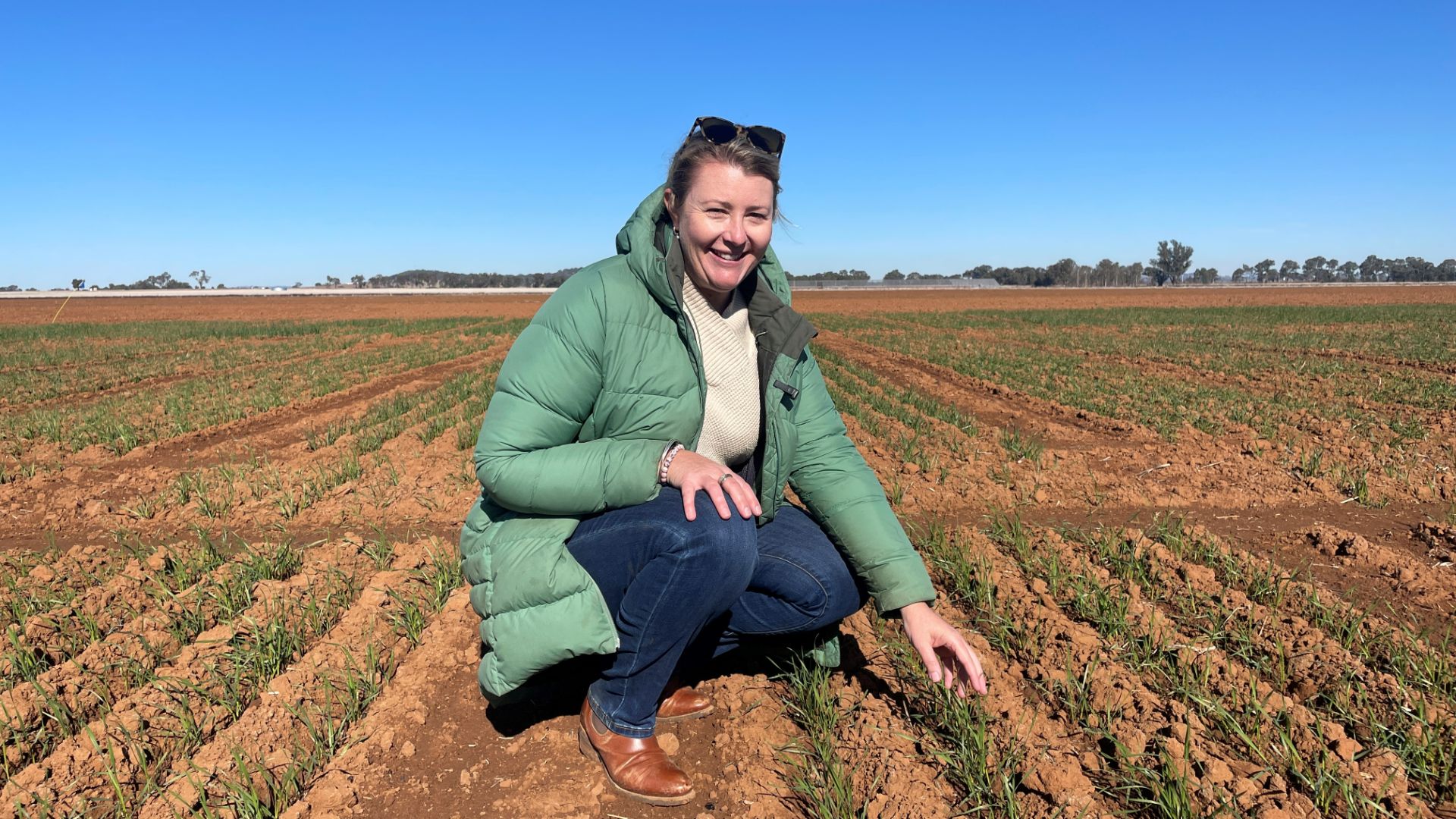- Charles Sturt University leads NSW node of three national projects focused on improving frost tolerance in wheat
- Improved frost tolerance in wheat could help save Australia more than $360 million in lost production annually
- The research is focusing on plant morphology and architectural traits, as well as differences in cell structures to determine opportunities for improved genetic solutions for frost management
Charles Sturt University is helping future-proof Australian grain growers against frost through three new national projects.
Charles Sturt is leading the NSW nodes of the overarching research projects, which are investments by the Grains Research and Development Corporation.
The projects are led by CSIRO with support from Charles Sturt, South Australian Research and Development Institute, Department of Primary Industries and Regional Development Western Australia, La Trobe University, University of Western Australia and Australian Grains Technologies.
Senior Lecturer in Crop Science Dr Felicity Harris and Lecturer in Agronomy, Dr Sergio Moroni, both from Charles Sturt University’s School of Agricultural, Environmental and Veterinary Sciences and Gulbali Institute for Agriculture, Water and Environment, are leading evaluations of novel germplasm to better understand the genetic links to frost damage in paddock conditions and in specialised growth chambers capable of simulating field frost conditions.
“This research is being conducted in the field, complementing laboratory and controlled-environment studies on the Wagga Wagga campus aimed at identifying new genetic solutions to mitigate frost,” Dr Harris said.
“We’ve seen significant frosts and the subsequent damage they cause right across the Riverina last spring and in previous years, so this research is very relevant.”
Frost alone costs growers in southern Australia more than $360 million per year in lost production. This is a 30 per cent increase in frost-related production losses since 2000, with future climate predictions hinting at an increased number and severity of frost events to come.
“This presents a challenge to breeders to improve crop tolerance to stress and for industry to integrate new genetic potential into farming systems to continually adapt to climate change, thus increasing productivity,” Dr Harris said.
Plants naturally align their growth and flowering with seasonal patterns in temperature, light and moisture. However, frost events can disrupt these processes, damaging plant tissues at both the cellular and canopy level and significantly impacting development.
The project is in its second year of field validation and is looking to expand the knowledge and capacity of research with two new PhD students commencing later this year.
“Through our research, we hope to be able to apply the knowledge around frost resilience to plant breeders to develop varieties with improved frost tolerance and new tools for growers to mitigate future frost,” Dr Harris said.
“In the long run, this will contribute to reducing risk associated with frost and improved crop productivity for Australian farmers.”






Social
Explore the world of social